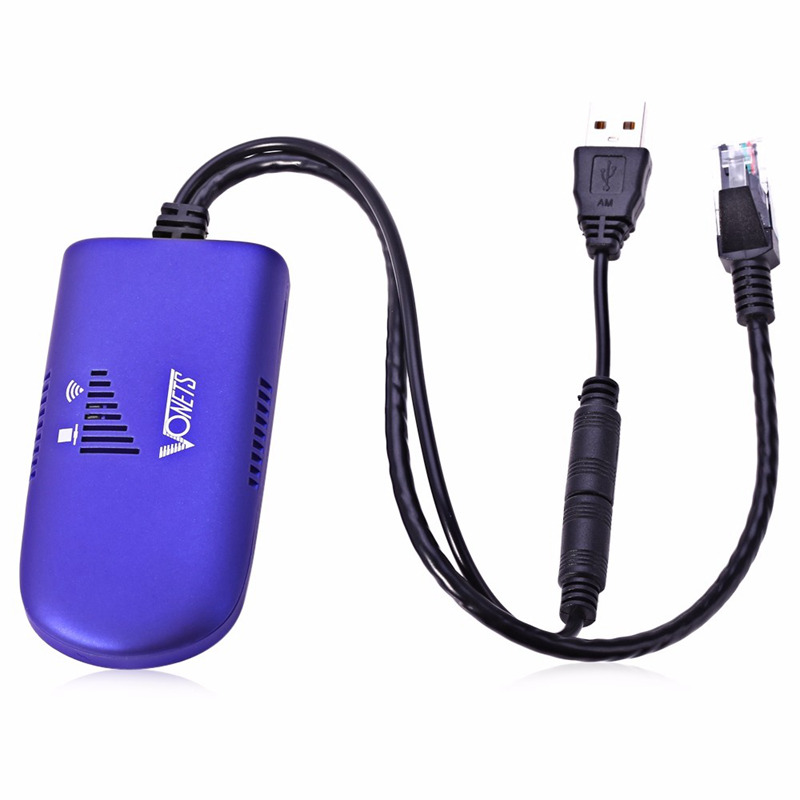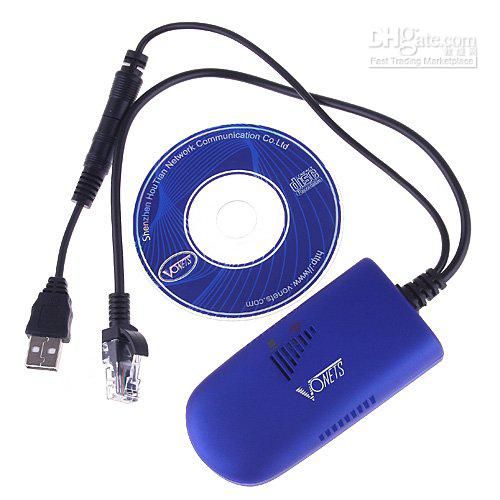

Simply plug the adapters into outlets, connect one adapter directly to your router and the other to the device you want networked and you're set. The idea is simple: instead of running separate Ethernet cabling, power line uses the existing electrical wiring system already in the walls for networking. Power-line adapters have been around for a while, but they always seem to be underappreciated. Power-line adapters Netgear powerline adapters Even better, the first two options can potentially offer a more stable (more Ethernet-like) networking performance and you may find you connecting your Wi-Fi gadgets with an actual cable just for the increased stability. If you end up getting a no-Wi-Fi device over the holidays, thankfully there are several solid workarounds to get your gadget on your network without dragging a cable across your living room. For many of these, manufacturers offer proprietary USB dongles which can cost upward of $60 or more.

Even pricier products such as AV receivers (including the otherwise excellent Denon AVR-1912) don't necessarily come with wireless connectivity on board.

This list of wired-only products includes such mainstream devices as TiVo, Slingbox, most entry-level Blu-ray players, many Internet-ready TVs, and the pre-2010 versions of the Xbox 360. But many of these products come with a big caveat: they don't include built-in support for wireless networking, or Wi-Fi. Internet and network connectivity is becoming a key feature in more and more home entertainment products-everything from TVs to Blu-ray players to audio components. There are plenty of Wi-Fi alternatives for your home theater, including powerline adapters, MoCa adapter and wireless bridges.


 0 kommentar(er)
0 kommentar(er)
